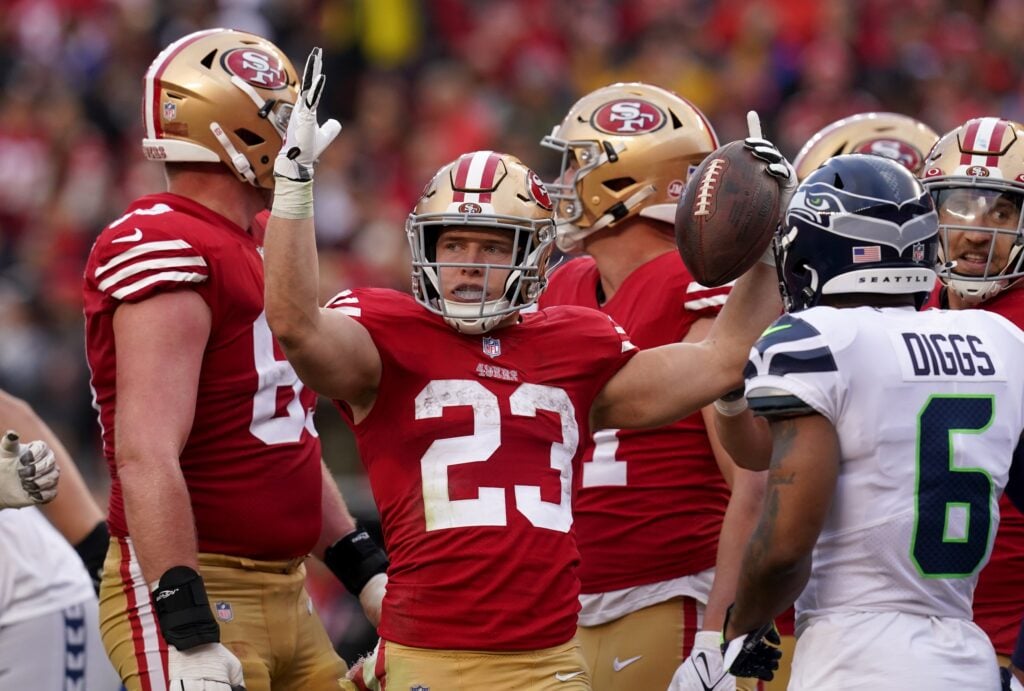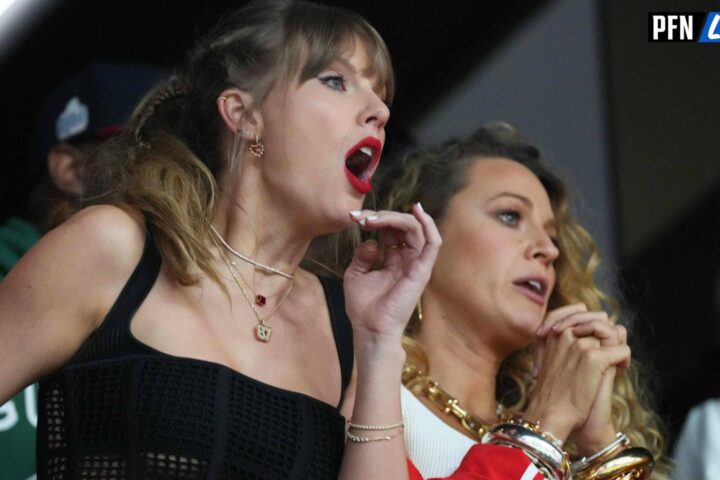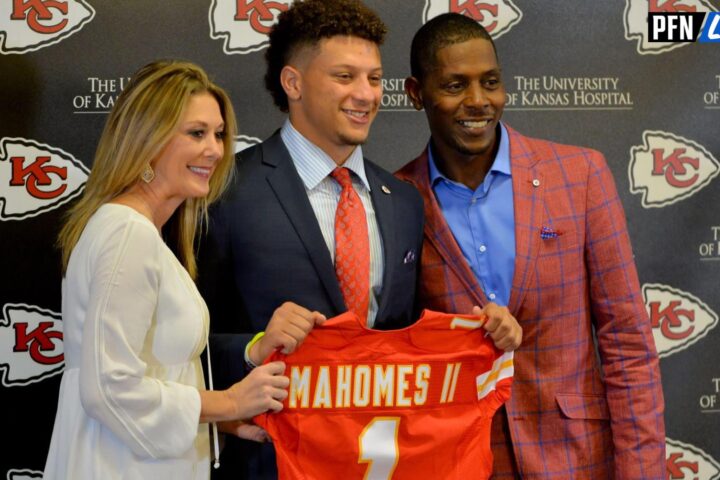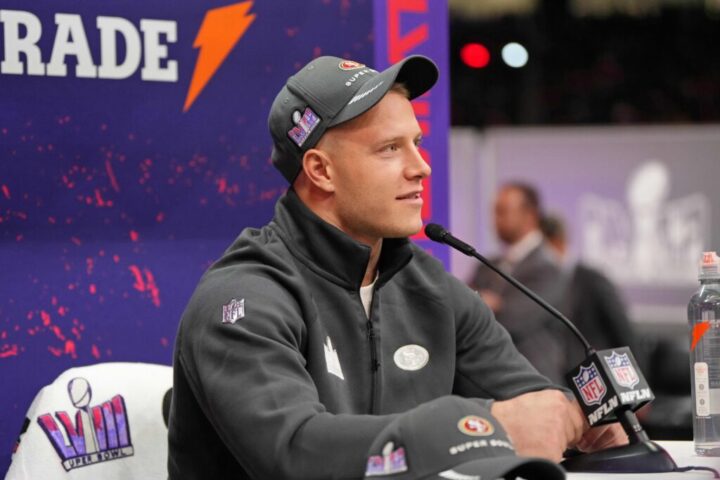As NFL evaluators work to maximize their efficiency and find cheaper ways to find production, the running back position has become devalued. Spending heavily at the position immediately draws ire from analysts and pundits, even when the league’s best running backs clearly make a difference on game days.
Arguably the best running back in the NFL, Christian McCaffrey, said, “The running back position has been undervalued,” considering the number of touches the position gets. This led to Chris Simms of NBC Sports recommending that teams provide incentive-based contracts for running backs.
We’re diving into whether incentive-laden contracts can be the future for RBs and why it makes sense.
How Incentive-Laden Contracts Can Be the Future for Running Backs
After seeing McCaffrey and Alvin Kamara receive huge contracts in 2020, this offseason was the next chance to see how the NFL would treat the latest batch of star running backs. Ezekiel Elliott was handed a $90 million contract in 2019, and McCaffrey and Kamara each got over $34 million guaranteed. But in the time since then, large contracts for Todd Gurley, Le’Veon Bell, Elliott, and even McCaffrey became maligned as injuries took their toll on each player.
As fans, analysts, and teams have become more data-oriented, large running back contracts have become an immediate hot topic. Even Elliott, whom Dallas Cowboys owner Jerry Jones vehemently defended for years, drew Jones’ ire for being picked “too high” in retrospect.
We then saw an offseason where both Josh Jacobs and Saquon Barkley were franchise tagged instead of being extended, and Derrick Henry and Dalvin Cook were thrown into trade rumors because their futures are in doubt.
Despite Jacobs’ pleading for the Raiders to make a good long-term offer, Henry expressing excitement over a possible extension, and both the Giants and Barkley saying they want a career-long partnership, it feels like we’ve seen the last mega-deal for a running back.
MORE: Highest-Paid RBs in the NFL in 2023
Why would the Los Angeles Chargers suddenly pay Austin Ekeler, and why would the Cowboys repeat their “mistake” of paying Elliott by handing Tony Pollard a long-term deal when no other team seems willing to?
Instead of paying top-end backs, Atlanta and Detroit drafted Bijan Robinson and Jahmyr Gibbs in the top-12 picks of the 2023 NFL Draft. They’re getting fresh bodies for the next five years at a cost-controlled rate. Both Robinson and Gibbs are on cheaper deals than less talented players like James Conner and Miles Sanders, though they did cost a premium draft asset.
McCaffrey was right in pointing out how much the top backs in the league are doing. There’s a big difference in what he and Henry do than a mid-tier back like Sanders does. But teams have also paid the price for not structuring deals with favorable outs after the first two years in case of an injury.
The best answer for running backs to be paid and for teams to be protected is to do incentive-heavy contracts. The NFL gave out $336 million in performance-based pay last year, and none of the top 25 recipients were RBs. With NFL owners firmly against guaranteeing all contracts, the running back position would be wise to adopt a strategy of maximizing realistic incentives to go with appropriate guarantees.
MORE: Best RBs in the NFL in 2023
It’s also possible the league could set up a positional-specific program to enhance incentives for playmakers at the position. If Robinson leads the NFL in yards and touchdowns in 2023, and he can’t renegotiate his deal for another few years, providing him with some level of financial reward would be appropriate.
It’s not a matter of fairness, but players will start switching positions well before college if they know their earning potential of being an elite back is significantly lower than any other position.
Such a change may not help Henry or McCaffrey since both are free to hold out now, but rookie contracts limit players to their negotiation rights from Day 1 through their first three seasons.
Teams have drastically too much power in this current setup, and the Player’s Association is at fault as well for not caring about future players but looking to take care of the current generation of established veterans.
If negotiated with tact, there can be a balance found where players are fairly rewarded for breaking out, and teams aren’t punished with huge cap charges after the season.
Teams want to benefit from the value that comes from good scouting and drafting by finding quality contributors at the lowest price possible. Players want to be compensated like their peers. This shouldn’t be an impossible impasse to get over, and the running back position is ripe to push for an overhaul of how the position is treated in the future.




